Neutral Density Filter How Many Stops Ocean?
Neutral Density Filters: Understanding Stops and Their Impact on Ocean Photography
Neutral Density (ND) filters are essential tools in the arsenal of any serious photographer, especially those who frequently shoot in bright conditions or aim to capture the serene beauty of ocean landscapes. These filters reduce the amount of light entering the camera lens, allowing for greater control over exposure settings. This article delves into the specifics of ND filters, focusing on the concept of "stops" and how they can be effectively used in ocean photography to achieve stunning results.

What is a Neutral Density Filter?
A Neutral Density filter is a piece of glass or resin that is placed in front of the camera lens to reduce the intensity of light entering the camera. Unlike other filters that may alter the color balance or add special effects, ND filters are designed to uniformly reduce light across all wavelengths, hence the term "neutral." This allows photographers to use slower shutter speeds or wider apertures than would otherwise be possible in bright conditions.
Understanding Stops
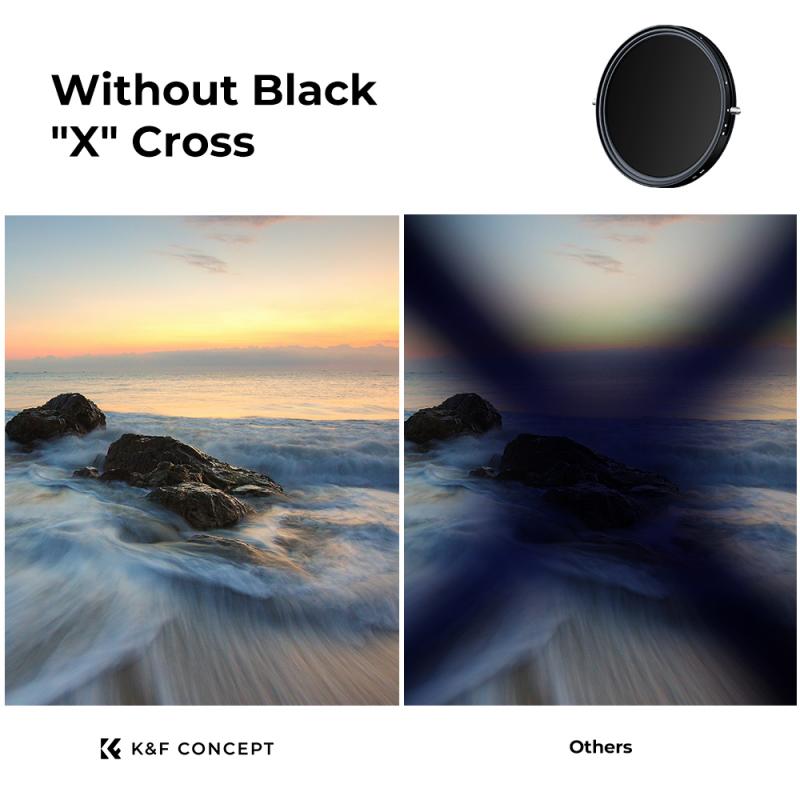
The term "stop" in photography refers to a doubling or halving of the amount of light that reaches the camera sensor. ND filters are rated by the number of stops they reduce. For example, a 1-stop ND filter cuts the light entering the lens by half, a 2-stop ND filter reduces it to one-quarter, and so on. The most common ND filters range from 1-stop to 10-stops, but specialized filters can go even higher.
Why Use ND Filters in Ocean Photography?
Ocean photography often involves capturing scenes with a high dynamic range, such as the bright sky and reflective water surfaces. ND filters are invaluable in these situations for several reasons:
1. Long Exposure Effects: One of the most popular uses of ND filters in ocean photography is to create long exposure shots. By using a strong ND filter, photographers can extend the exposure time, resulting in smooth, silky water and dynamic cloud movements. This technique can transform a chaotic ocean scene into a tranquil, almost surreal image.
2. Balancing Exposure: Shooting in bright sunlight can lead to overexposed images, especially when trying to capture both the sky and the ocean. ND filters help balance the exposure, allowing for more detail in both the highlights and shadows.
3. Creative Flexibility: ND filters provide photographers with the creative flexibility to use wider apertures for a shallow depth of field, even in bright conditions. This can be particularly useful for isolating subjects such as rocks, boats, or marine life against a blurred background.
Choosing the Right ND Filter for Ocean Photography
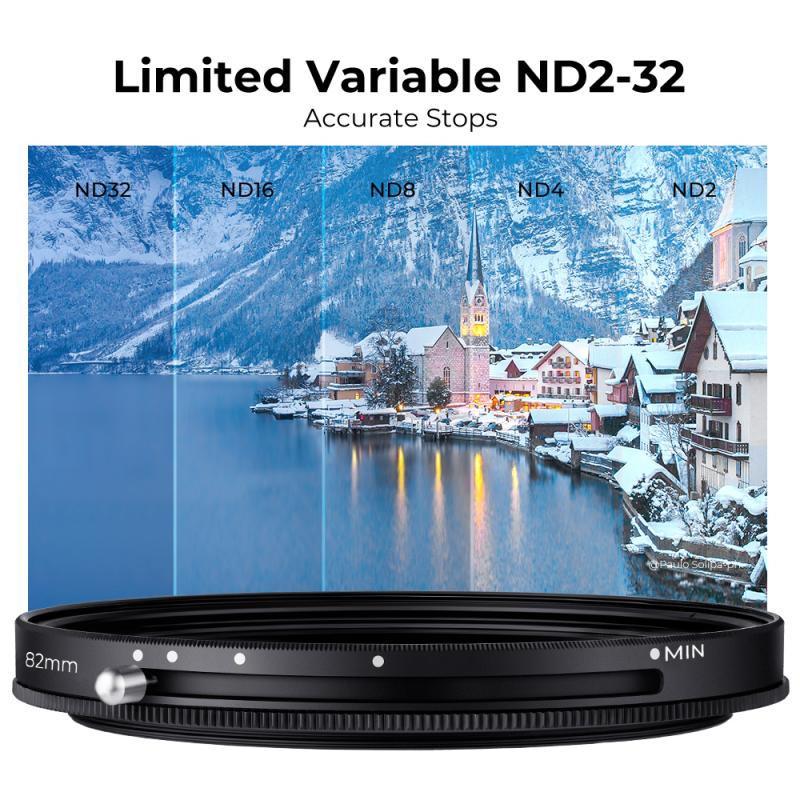
Selecting the appropriate ND filter depends on the specific conditions and the desired effect. Here are some common scenarios and the recommended ND filter stops:
1. Mild Reduction (1-3 Stops): These filters are suitable for slightly reducing the light in moderately bright conditions. They are ideal for achieving a subtle motion blur in waves or for balancing exposure during sunrise or sunset when the light is not too harsh.
2. Moderate Reduction (4-6 Stops): These filters are more versatile and can be used in a variety of lighting conditions. They are perfect for creating a noticeable motion blur in water and clouds, making them a popular choice for daytime long exposures.
3. Strong Reduction (7-10 Stops): These filters are essential for extreme long exposure photography, even in the middle of the day. They allow for very slow shutter speeds, which can turn crashing waves into a smooth, misty surface and create dramatic, ethereal images.
Practical Tips for Using ND Filters in Ocean Photography
1. Use a Tripod: Long exposure shots require stability to avoid camera shake. A sturdy tripod is essential when using ND filters, especially those with higher stop values.
2. Manual Focus: ND filters, particularly those with high stop values, can make it difficult for the camera to autofocus. It's often best to compose and focus your shot before attaching the filter, then switch to manual focus to lock it in.
3. Calculate Exposure: Using an ND filter requires adjusting your exposure settings. Many cameras have built-in exposure calculators, but there are also smartphone apps available that can help you determine the correct settings based on the filter's stop value.
4. Check for Vignetting: Some ND filters, especially those that are stacked, can cause vignetting (darkening of the corners of the image). Be mindful of this and adjust your composition or use a wider lens if necessary.
5. Monitor Weather Conditions: Ocean photography is heavily influenced by weather conditions. Overcast skies can provide diffused light, which is ideal for long exposures, while clear skies can result in harsh shadows. Plan your shoot according to the weather forecast to achieve the desired effect.
Post-Processing Considerations

Even with the best ND filter and perfect exposure settings, post-processing can enhance your ocean photographs. Here are some tips:
1. Adjust White Balance: Ocean scenes can have a blue cast due to the water and sky. Adjusting the white balance can help achieve a more natural look.
2. Enhance Contrast and Clarity: Long exposure shots can sometimes appear flat. Increasing the contrast and clarity can bring out the details in the water and sky.
3. Remove Sensor Spots: Long exposures can reveal sensor spots and other imperfections. Use the spot removal tool in your editing software to clean up the image.
4. Experiment with Black and White: Converting your ocean photographs to black and white can emphasize textures and contrasts, creating a timeless and dramatic effect.
Neutral Density filters are powerful tools that can elevate your ocean photography to new heights. By understanding the concept of stops and how to use ND filters effectively, you can capture stunning long exposure shots, balance challenging lighting conditions, and unleash your creative potential. Whether you're a seasoned professional or an enthusiastic amateur, mastering the use of ND filters will undoubtedly enhance your ability to capture the mesmerizing beauty of the ocean.

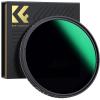
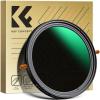
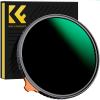

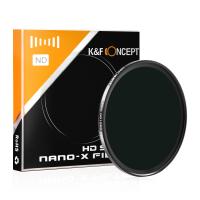




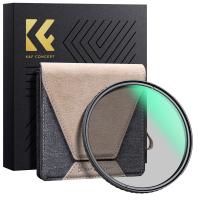



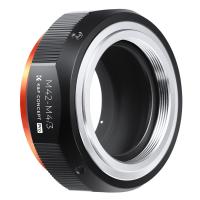


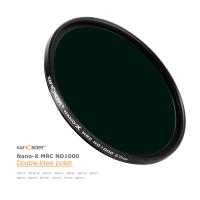



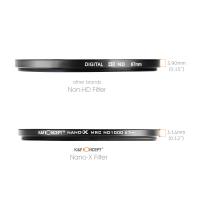
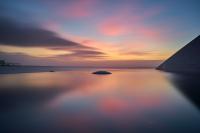
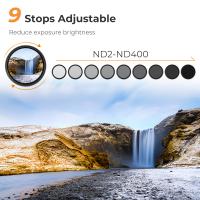



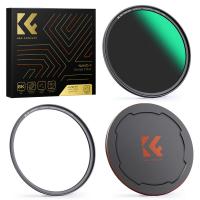
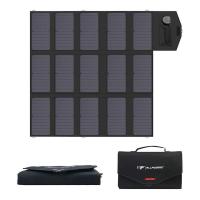

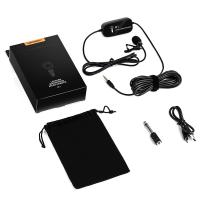
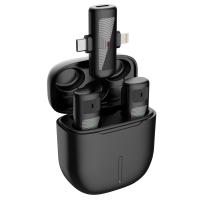
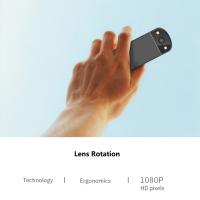



There are no comments for this blog.